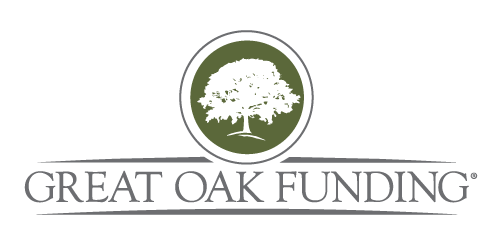The following is second in a three-part series on mezzanine level borrowing for small and mid-sized businesses.
In the realm of asset-based lending, borrowers use hard assets – equipment, real estate, buildings and other types of tangible possessions – as collateral to secure their respective loans. Some types of hard assets, such as real estate and buildings, often increase in value which makes those assets especially attractive to lenders. If the borrower defaults on a loan and the lender seizes the assets, the lender can more easily recover all the money they loaned by liquidating the borrower’s seized assets.
Lenders sometimes accept declining assets, such as machinery and equipment, as security for the loan. Assets that are declining in value put lenders at greater risk of not being fully repaid if a borrower defaults and the lender takes ownership of the assets that are now worth less than when the original loan was made. There are, however, certain lenders that are willing to take even greater risks by accepting as collateral assets that may significantly decline in value over the course of the loan.
Loans secured by declining assets can be considered counterintuitive to most forms of lending. In most cases of asset-based lending, there is an inherent assumption that the value of an asset used to collateralize a loan will remain relatively stable while the loan is made and paid off. It just makes sense. If a lending organization – a bank, in this example – loans a company $50,000 and requires an asset for collateral, the asset should be worth at least $50,000 or, preferably, more. In that way, if the borrower defaults on the loan, the lender can seize the asset and recoup the value of the loan by selling the asset.
Typically, traditional lenders such as banks are not comfortable with the higher level of risk associated with a loan collateralized by a declining asset. If a bank, for example, is publicly traded, shareholders are looking for a dividend, an increase in the bank’s share price, or both. They will not be comfortable with the risk level associated with declining asset-based lending because it threatens the potential return on their investment and, a return on investment, is the primary reason they are shareholder. Since banks tend to steer clear of this type of lending, borrowers with only declining-value assets to use as collateral can turn to an asset-based lender who is open to this riskier type of lending
Asset-based lenders offset their risks in this type of lending in some important ways that offer some protection for the lender. For example, a lender can issue a short-term loan. A shorter term loan may effectively reduce the amount by which the asset declines in value, thus protecting the value of the collateral for the lender. Typically, a lender will also charge a higher interest rate in order to have a better chance of recouping the amount of loan and interest.
One other critical factor in offering this type of loan is having an in-depth understanding of the borrower, the borrower’s business and revenue history, and borrowing history. Another potential mechanism to assure appropriate collateral, there may be associated assets such as buildings, equipment, even scrap metal that can be monetized in case the borrower is
not able to repay the loan.
Finally, the best strategy for the lender is all of the above: issue a short-term loan, with a higher – but not punitive – interest rate, have a good understanding of the declining asset and, perhaps, most importantly, know your borrower. Great Oak Funding, a southwest Ohio company, is a good example of a lender willing to consider working with borrowers who plan to use declining assets for collateral. Tony Alexander, Great Oak’s general manager, offers some important observations and guidelines. Alexander offers hypothetical example of a declining real estate asset upon which Great Oak Funding may be willing to lend. In this example, the particular piece of real estate could be subject to an environmental impact assessment. If the parcel fails a Phase I review and will, potentially, fail a Phase II, it can be considered an asset with severely comprised value. In other cases, a borrower may want to borrow in order to purchase a piece of property or facility. The borrower may want to sell-off any marketable fixtures, equipment, or other items of value, typically at auction. They may also want a clean site and they will scrap away metals
and other remaining materials that may or may not have some value. According to Alexander, Great Oak Funding would need to know in advance the value of assets to be liquidated. Great Oak will work very closely with the borrower in order to have confidence in that they have the skills and experience to capitalize on the site. Alexander also provided an example of a recent client, Queen City Partners.
Jake Bamburger, a partner in Queen City, explained that Great Oak Funding made a loan to his company that was secured by what was formerly a Dow Chemical plant in Cincinnati. “What was good about the fund and the principals – Tony Alexander and Jason Downey – was that they came to see me,” said Bamberger. “They walked the property with me. In fact, they have visited me three times already. Obviously, they were covering their investment but they were genuinely interested in seeing my properties and helping me in any way they could.” Alexander suggests that borrowers like Queen City must have a plan in place for liquidation of assets at the outset. The borrower may also need a certification from the Environmental Protection Agency declaring the site as no longer environmentally compromised or that the site can be remediated.
In order to have confidence in the borrower, Great Oak Funding must have the ability to assess both the existence and process for liquidation of certain assets which will, at minimum, indicate that the sale of those assets will be adequate collateral for the loan. In summary, Alexander encourages business owners seeking short-term, asset-based loans to look at all the options and to also get to know the lender. “It’s a critical step informing a solid, trust-based business relationship,” Alexander said.






